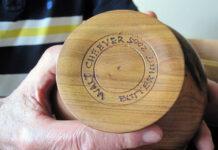Today is Veterans Day, a time set aside since 1954 to honor servicemembers’ service and sacrifice to their country. According to the most recent U.S. Census, there are 17.4 million veterans alive today. As we celebrate Veterans Day, we are sharing the stories of three Mankato veterans, each of whom had their own unique experiences and challenges in the military. We thank them and all the others for their service.
An unexpected career
When asked why he decided to join the military, Springfield native Gary Lindmeier has a simple answer: “I received my draft notice.”
But what started as an unexpected detour blossomed into a 26-year career, with Lindmeier retiring as a Chief Master Sergeant (E9), the highest enlisted rank in the Air Force. During that time, he spent 16 years overseas, with 10 years stationed in England. He also traveled to Germany, Thailand and Hawaii, as well as serving some time in Maryland, Mississippi and Texas.
Lindmeier joined the Air Force in 1964 when he was 21 years old. He completed basic training at Lackland Air Force Base in Texas, then headed to technical school to become a Morse Code intercept operator. Next, he was sent overseas to RAF Chicksands, a British Air Force base in England.
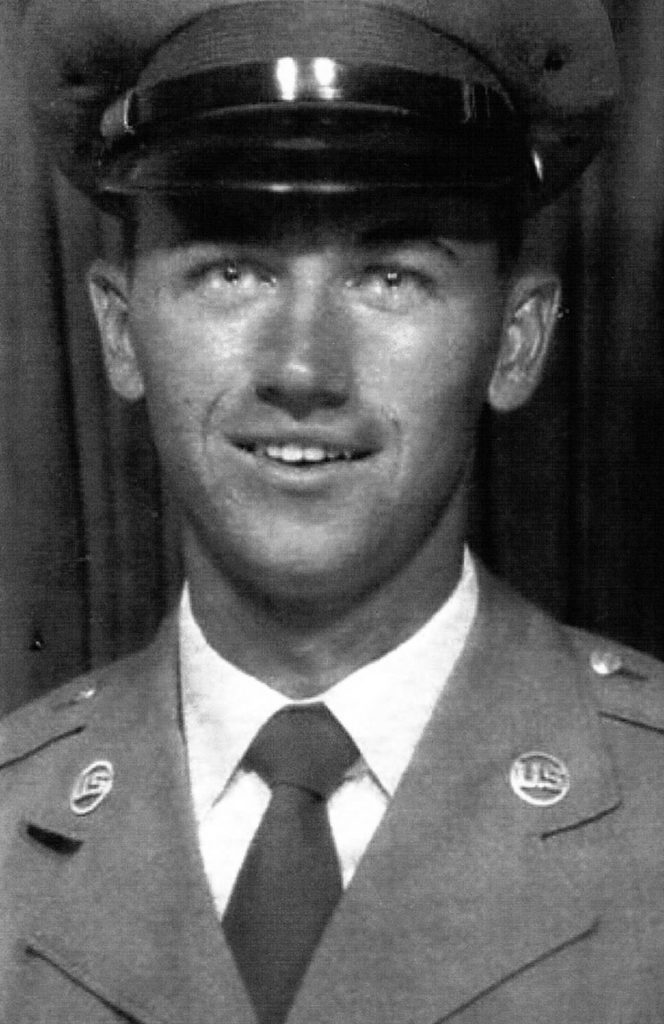
“We really liked England,” Lindmeier said. “They were good people. It took a while to understand what they were talking about, though. The hood of a car was a bonnet. The trunk was a boot.”
You pretty much get treated the way you treat other people. If you’re nice, and you’re respectful of their customs, and the way they do things, they in turn welcome you. We’ve never run into any place where the people haven’t been really nice.Gary Lindmeier
Shortly after Lindmeier arrived in England, he was joined by his fiancé, Sandy Forster, and they were married. They eventually had a son and a daughter, and the family was able to travel with Lindmeier everywhere except Thailand, where he was stationed for 203 days (“but who’s counting?”).
“[Thailand] was definitely different,” he recalled. “Over there, the people were really nice. Even though you had the language barrier, that’s pretty much like the world over… You pretty much get treated the way you treat other people. If you’re nice, and you’re respectful of their customs, and the way they do things, they in turn welcome you. That’s what we found. We’ve never run into any place where the people haven’t been really nice.”
Lindmeier planned to finish his four-year contract and leave the military, but two supervisors convinced him to reenlist while he was stationed in Texas.
“I said, ‘Well, I’ve always wanted to go to Germany…’ and they said, ‘We’ve been there!’” he said. “So one day, they brought in hundreds photos that they’d taken during their travels in Europe, and they said, ‘Here, take these home… You’d really like it there.’ So [my wife and I] talked about it and looked at it and said, ‘Well, that’d be good,’ so I reenlisted, and ended up doing 26 years.”
You get a little different perspective, and you find out that your little world is not the thing that makes the world go ’round. You have to learn to respect other people’s views and understand why they think the way they do.Gary Lindmeier
Lindmeier said there were challenges of making a career out of the military, such as being away from the extended family for long periods of time and how his children would have to change schools whenever he was stationed somewhere new. One thing that helped was how his command was relatively small and offered a sort of family.
“Inevitably, you’d run into people you’d be stationed with before, so it was like meeting old friends again,” he said. “We really got to know quite a few people, so it was like a family in a way.”
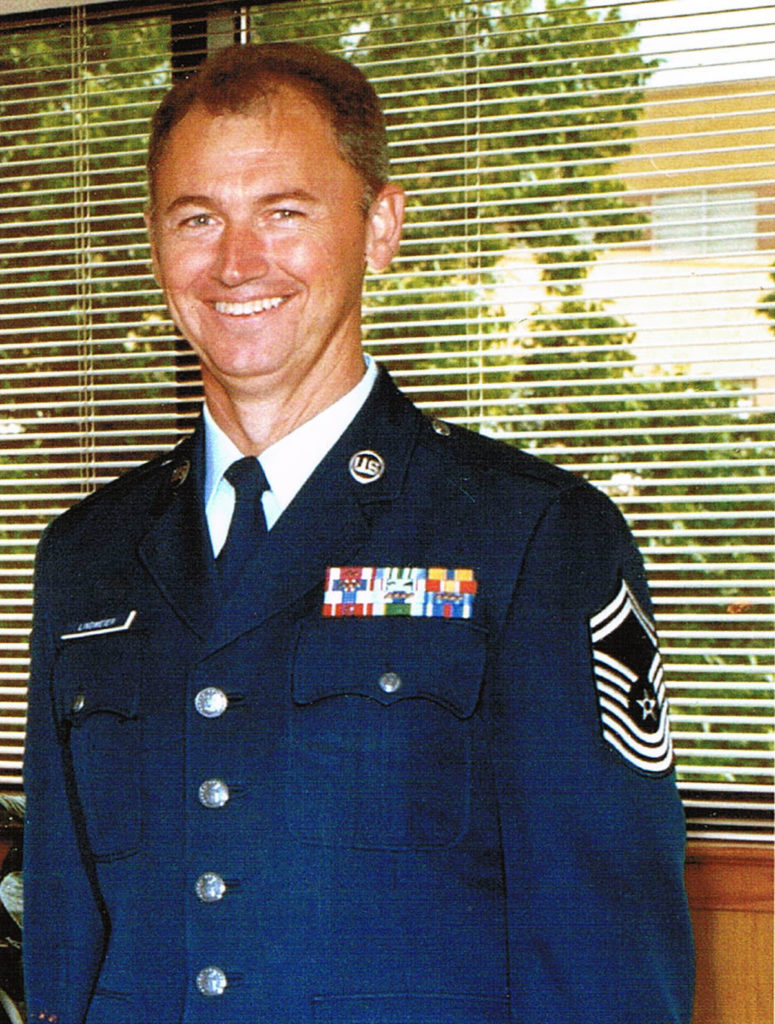
Lindmeier retired in 1990 and started attending Minnesota State University, Mankato, where he earned a degree in history and business. He worked for the Post Office for 10 years before retiring. He and his wife are settled in North Mankato.
Lindmeier credits his time in the military for broadening his horizons and giving him a more complete perspective of the world.
Traveling and meeting people and being able to see some of the places that you just read about… I would never have had that opportunity had I not stayed in the military.Gary Lindmeier
“You get an opportunity to look back at your own country, from kind of an outside view,” he said. “You get a little different perspective, and you find out that your little world is not the thing that makes the world go ’round. You have to learn to respect other people’s views and understand why they think the way they do. One of the biggest things, of course, was being able to travel all different places around the world. Traveling and meeting people and being able to see some of the places that you just read about… I would never have had that opportunity had I not stayed in the military.”
A picture-perfect Marine
For Gage Cureton, joining the Marine Corps was something he always wanted to do. The Texas native moved to Minnesota when he was four, growing up in the 3,000-person town of Plainview—and he was eager to get out and see the world.
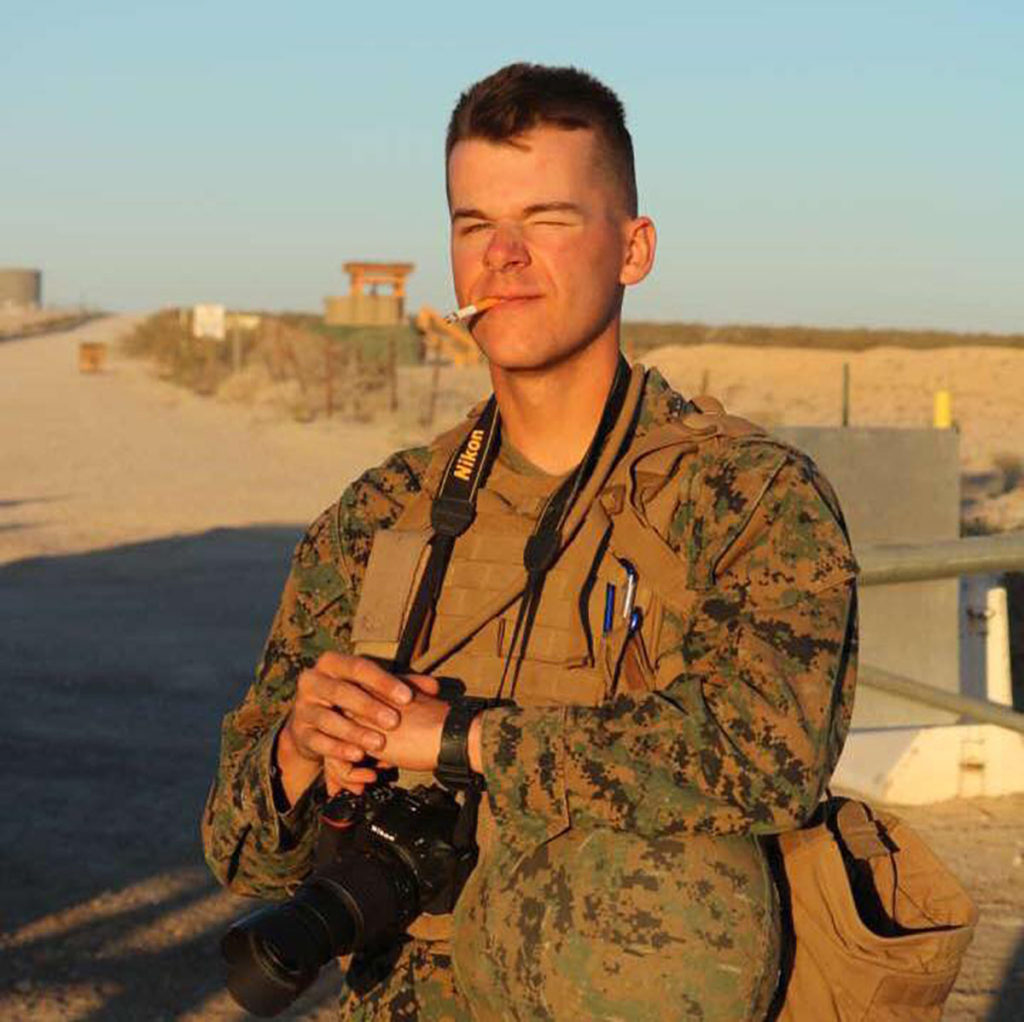
“I couldn’t wait to get out, [away from] that small-town feel,” he said. “Joining the military was something that was always on my mind since I was a kid.”
When Cureton was 17, he and some of his high school friends enlisted. His parents, who had to sign his enlistment papers, suggested that he go into the Reserves instead of active duty, so he could still go to college after graduating. Only months after he finished his senior year in 2014, he was on a plane to San Diego, California to complete 13 weeks of grueling training at the Marine Corps Recruit Depot.
For Cureton, the first week was the hardest as he adjusted to the culture shock of drill instructors constantly screaming at him. After that, training—which included everything from time at the firing range to classroom studies to a brutal 54-hour simulated combat exercise known as “The Crucible”—wasn’t so bad.
To finally have your drill instructors place that Eagle, Globe and Anchor [in your hand] and shake your head and say, ‘Congratulations, Marine…’ To finally be called that, I can’t put it into words.Gage Cureton
“I think the hardest part for me about boot camp was the MCRD is right next to the airport, there were always planes taking off and coming in,” Cureton recalled. “You’re always thinking in the back of your head, ‘I could be on a plane out of here.’”
But the physical and mental toil was worth it once Cureton emerged on the other side of the Crucible, the last event standing between recruits and Marines. After completing the exercise, he received his Eagle, Globe and Anchor insignia and officially earned the title of “Marine.”
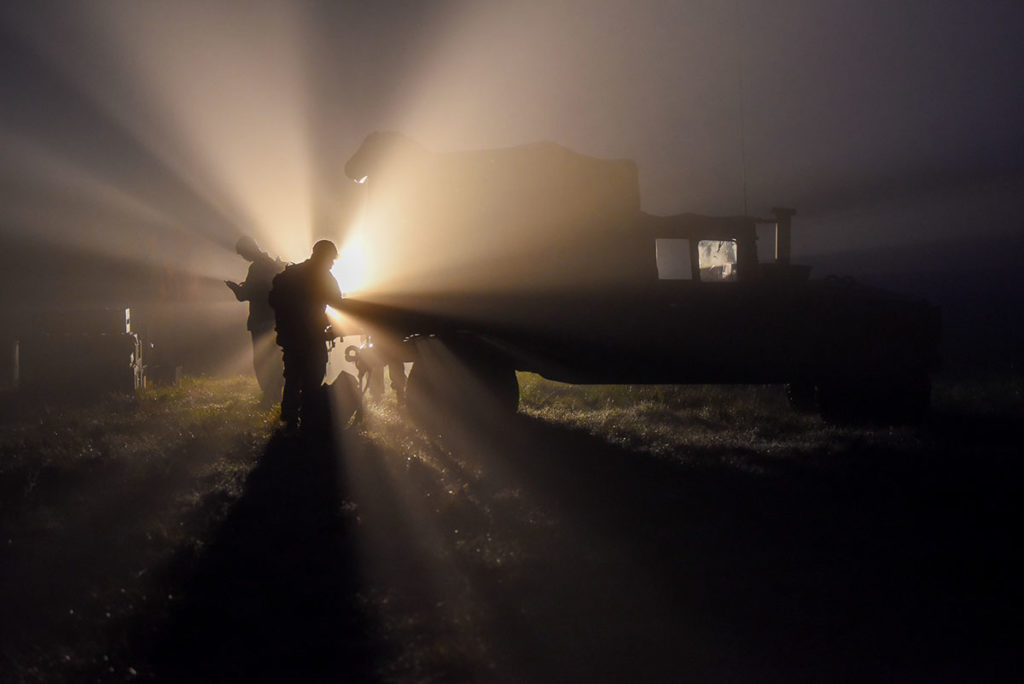
“That was my defining, favorite moment,” he said. “The Eagle, Globe and Anchor ceremony takes place in the morning, and it’s right after the sun rises over the hills after the Crucible, 54-hours of running around and very little sleep and food. To finally have your drill instructors place that Eagle, Globe and Anchor [in your hand] and shake your head and say, ‘Congratulations, Marine…’ To finally be called that, I can’t put it into words.”
After Cureton graduated from boot camp, he traveled to Fort Meade, Maryland to attend his technical training as a combat photographer. For Cureton, it was a dream gig, since he has loved taking photos since he was a kid.
“I used to go on school trips, and my mom would give me one of those disposable cameras, [and] I just loved it,” he remembered. “I like telling stories through visuals and cameras.”
What made it worthwhile was the friends I made. I guess that’s what I can take away from the reserves, the guys and gals I served with.Gage Cureton
After about two months of training, Cureton returned to Minnesota and reported to his unit. Shortly after, he started attending class at Minnesota State University, Mankato, majoring in mass media.
“I decided that I did this in the Marines, so why not pursue a career out of it too?” he explained.
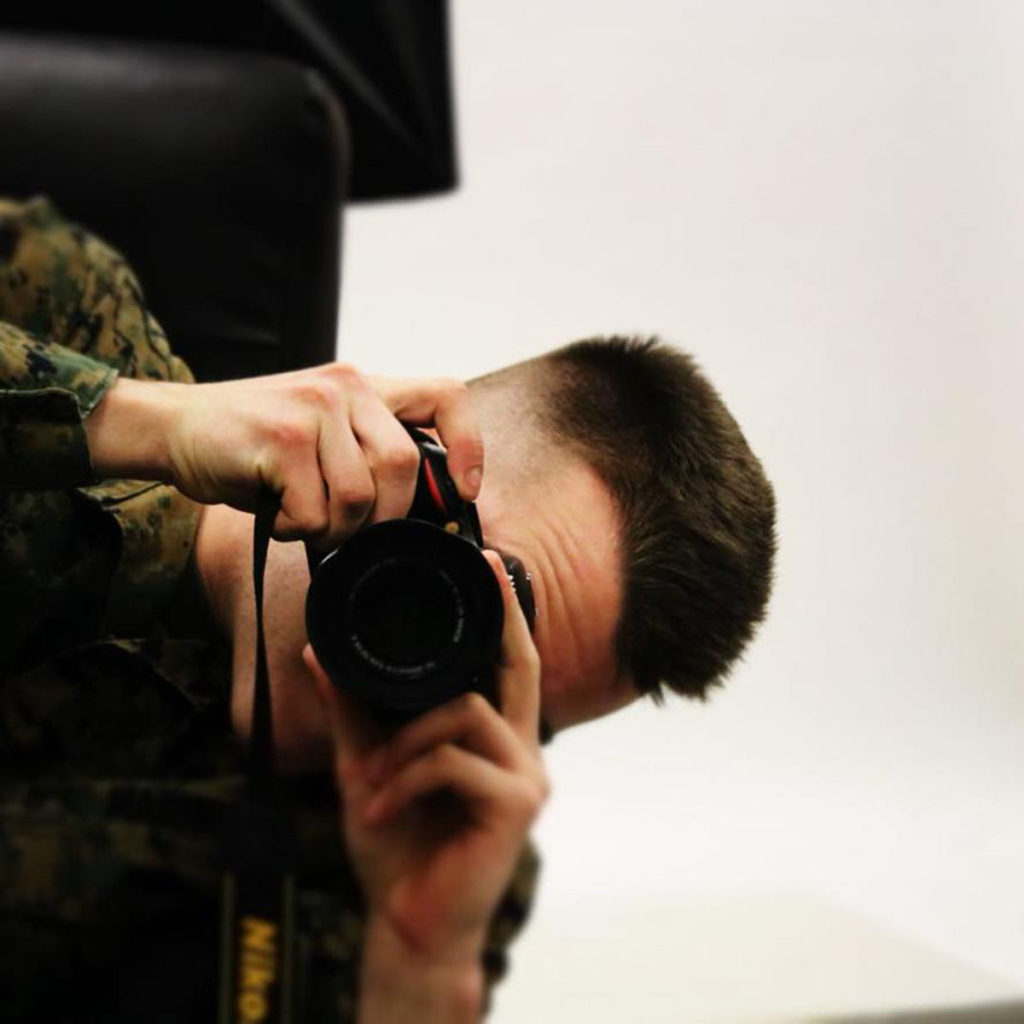
According to Cureton, it wasn’t difficult to juggle his responsibilities as a Marine with his responsibilities at school. As a part of the Reserves, he had drills one weekend a month, as well as a two-week period during the summer. During his time drilling, he mostly took photos of training exercises, ranging from snapping shots in a helicopter to working with the Canadian military in Canada.
“A lot of it was mundane and boring, especially during the winter months in Minnesota,” he said with a chuckle. “There wasn’t always a lot of training going on. What made it worthwhile was the friends I made. I guess that’s what I can take away from the reserves, the guys and gals I served with.”
Cureton graduated from MSU in May 2019, and he decided not to reenlist in the Reserves because he wanted to build his civilian career. He worked at the New Ulm Journal for some time before moving on to KEYC, where he is the news channel’s only full-time news photographer. He has also freelanced for Minnesota Public Radio.
There’s always that little voice in the back of your head telling you that you can do this. You can get through this. You’ve been through a lot worse. I chalk it all up [to the Marines] and that drive to never give up.Gage Cureton
While Cureton may not be actively serving in the Marine Corps anymore, he said his time in the military still influences his life now.
“The Marines definitely gave me the drive not to give up,” he said. “Journalism sometimes can be a difficult career, especially if you’re out in the elements for hours on end. There’s always that little voice in the back of your head telling you that you can do this. You can get through this. You’ve been through a lot worse. I chalk it all up [to the Marines] and that drive to never give up.”
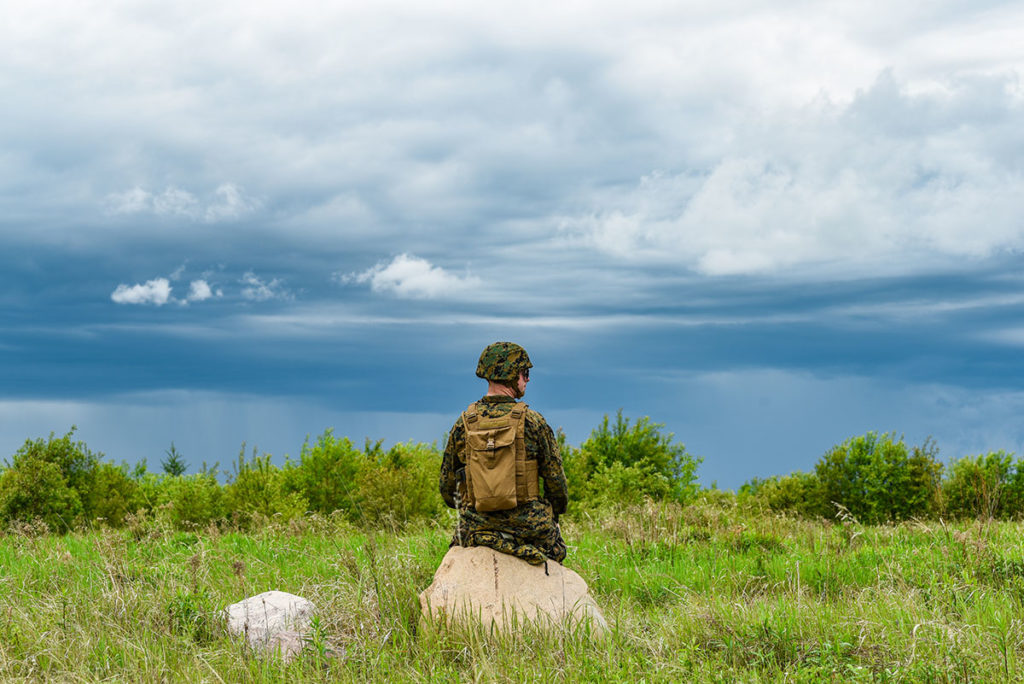
A check to the American people
When he was growing up in Waterville, Greg Bendar didn’t really know what he wanted to do with his life—but he knew he was good with mechanical stuff.
“My dad was a fix-it guy, so we very seldom went to a mechanic,” Bednar said. “Dad just figured out how to do it, and then me and my brothers would help. We’d learn hands-on. And I discovered that I had this mechanical aptitude.”
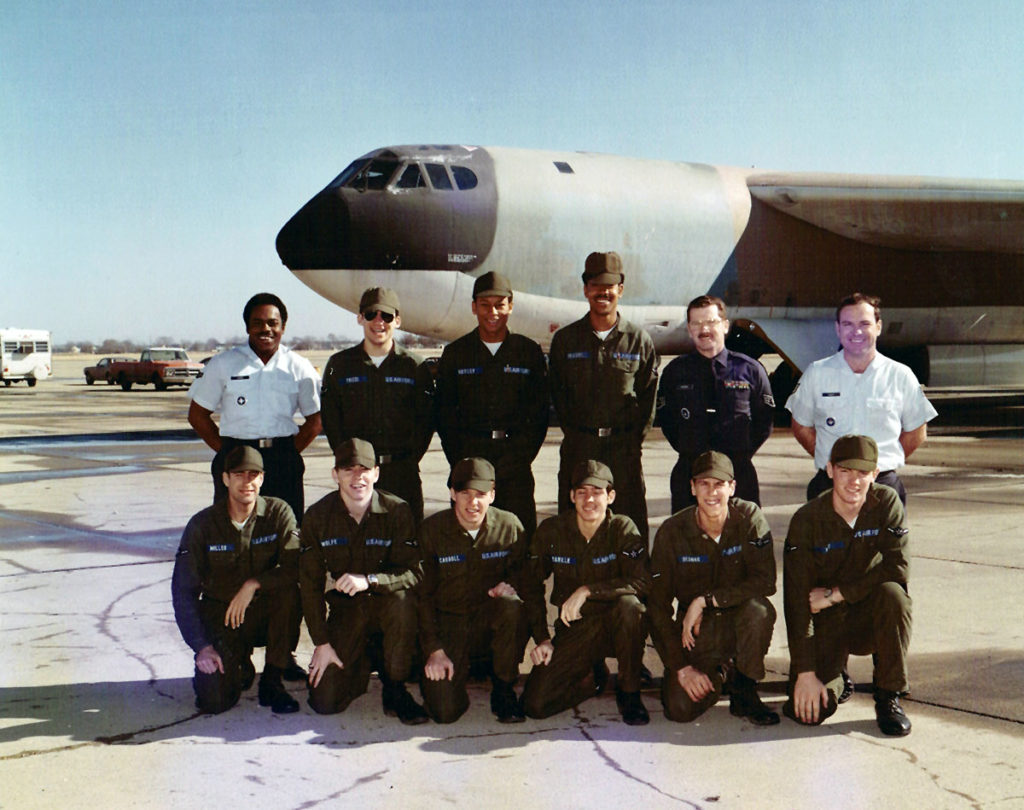
Bednar ended up talking to an Air Force recruiter while in high school, and that was that—he headed to basic training in Fort Lackland, Texas after graduating in 1975.
“I thought a run through the military would give me some exposure, some ideas, some experience,” he said. “I couldn’t fly, [since I] have corrected vision, but being an aircraft mechanic seemed really intriguing to me.”
The technical education in the military is second to none. it was inspiring, actually, because I saw a how serious the Air Force is about training and how serious they are about this career, so that when you’re in the field, you’re actually very well trained.Greg Bednar
Bednar’s training took place in Chanute Air Force Base, a now-closed base in Illinois. He learned how work on large four-engine jets, first training on B-52s and eventually working on KC-135 Stratotankers (“the military version of the Boeing 707,” he explained). The KC-135 was used as an aerial refueler, with a mission of ferrying smaller planes such as bombers and fighter jets long distances.
“The technical education in the military is second to none,” Bednar recalled. “They spend a ton of money on training and training facilities. It was an eye opener, [and] it was inspiring, actually, because I saw a how serious the Air Force is about training and how serious they are about this career, so that when you’re in the field, you’re actually very well trained.”
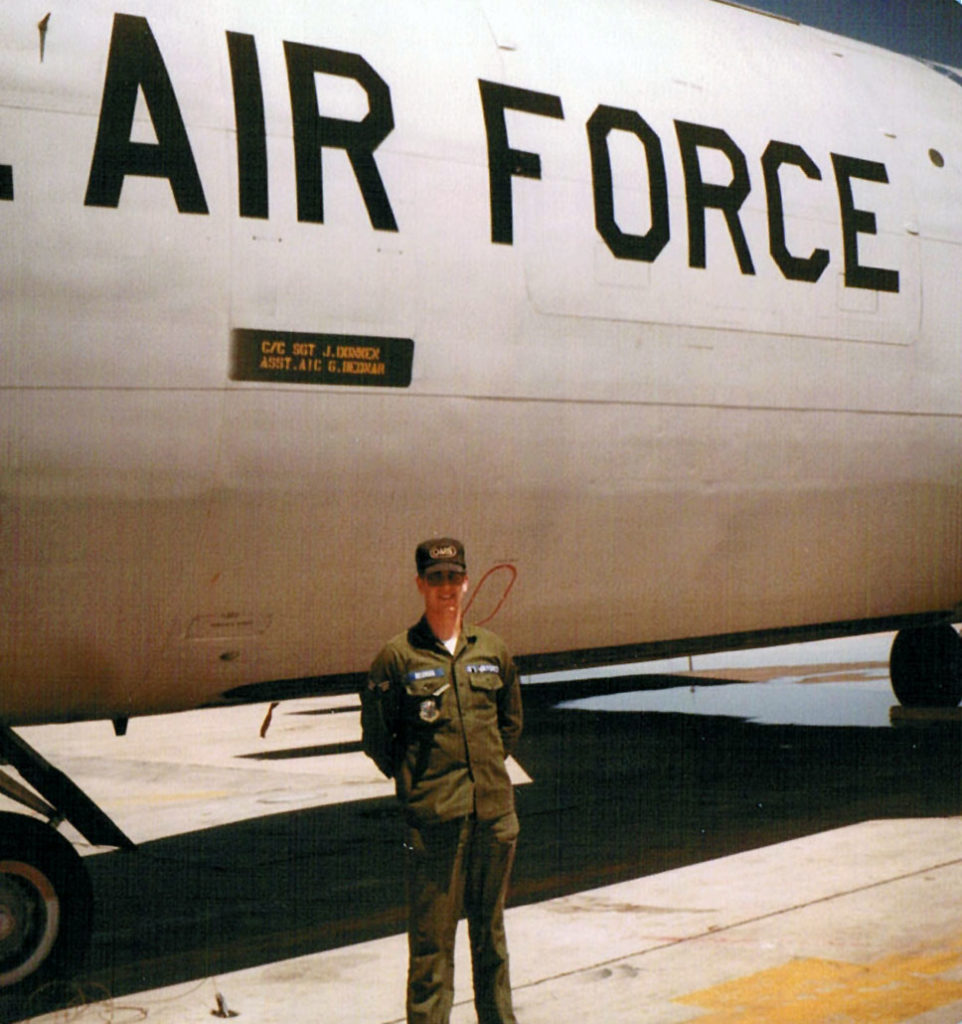
Bednar’s first and only station was Grand Forks, North Dakota, though that didn’t mean he stayed there the whole time. He was assigned to a plane, and any time it left the base overnight, Bednar and his crew chief would be on it. Bednar could be gone up to 30 days on “temporary duty” to places such as Guam and Louisiana.
“It was always interesting,” he said. “I was 19-20 years old, and me and my crew chief were in charge of this $25 million airplane sitting in a distant location. It was my responsibility. It was a real growing up phase.”
Bednar eventually became a crew chief himself and was assigned his own plane, No. 59488, with his name written on the side. He said he always strived to keep his plane in the best possible condition. Because of this, he built an impressive reputation for himself and was even named Airman of the Year one year.
I was 19-20 years old, and me and my crew chief were in charge of this $25 million airplane sitting in a distant location. It was my responsibility. It was a real growing up phase.Greg Bednar
“The flight crews that came out… really liked my aircraft, because I took such pride in [it],” he said. “I worked my tail off to make sure that it was always fit for flight. When they came to Sgt. Bednar’s aircraft, they’d say, ‘Man, I’m glad this is your plane. I know what I’m flying.’ That always made me feel good.”
Bednar left the military in 1979 after finishing his initial contract. He went to Minnesota State University, Mankato to earn a degree in marketing management and computer science. The transition was difficult, he said, especially because of the extreme anti-military public sentiment stemming from the recent Vietnam War.
“It was an ugly time in our country,” he recalled. “Nobody respected the military. Nobody. When I mustered out, they were telling us, ‘As soon as you can, put away your uniforms. Never wear them again. Grow your hair, get yourself looking really civilian-ish. And forget you were in the military, because nobody respects it. If you reveal that you were in the military, you might make yourself a target.’ I had beer bottles thrown at me from car windows as I was walking down the street in my uniform. I was called baby killer by passersby. When I got out, I worked hard to try and put all that behind me. It was a dark time.”
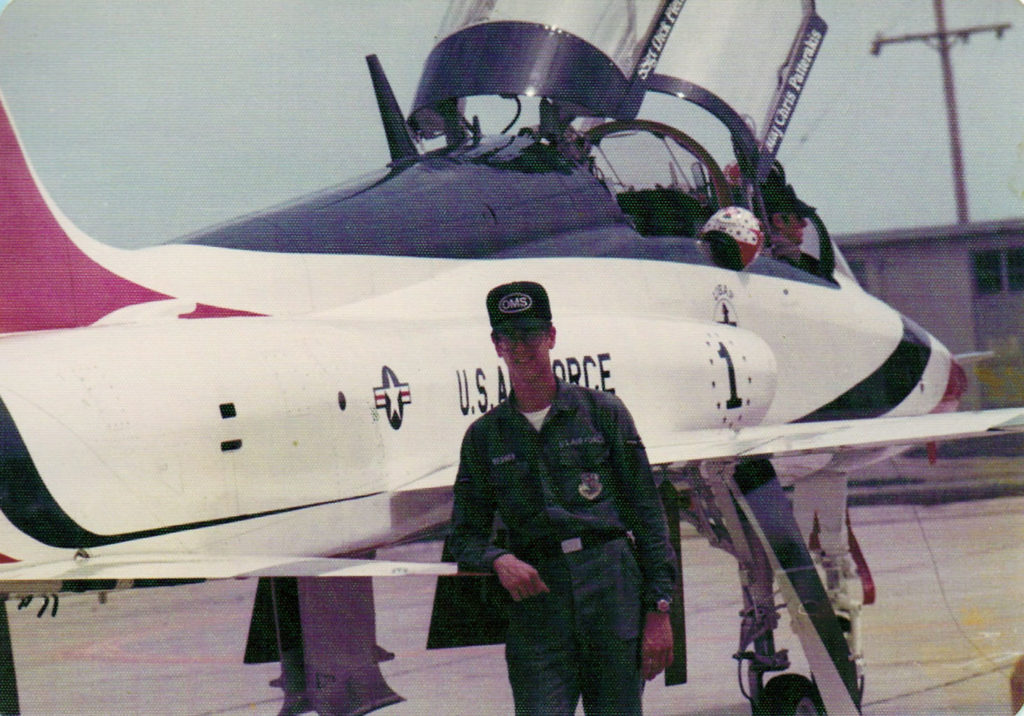
Bednar was able to get through that period by reminding himself of his honorable service.
“I understood who I was,” he said. “I knew that my service was honorable, and I knew what I was doing to protect [them] to hold that opinion. It’s kind of trite and maybe even cliché, but I believe that I wrote a check to the American people: ‘Pay in full.’ If I needed to, I would cash that check. So, I was at peace with what I’d done and who I was.”
Bednar spent time in several positions after graduating, from software development to executive director of South Central College’s North Mankato Campus Foundation. In 2010, he started a new chapter when he purchased Dan’s Champion Auto in Mankato, transforming it into Greg’s Champion Auto. He’s had great success with it, including winning several awards and accolades.
I knew that my service was honorable, and I knew what I was doing to protect [them] to hold that opinion. It’s kind of trite and maybe even cliché, but I believe that I wrote a check to the American people: ‘Pay in full.’ If I needed to, I would cash that check.Greg Bednar
For Bednar, his business model revolves around living out his Christian faith—and his can-do drive comes straight from the Air Force.
“[The Air Force] gave me a chance to prove myself to myself and prove myself to others,” he said. “It allowed me to be the professional that I wanted to be. After four years of the Air Force, I thought, ‘You know, I think I can darn near do anything I put my mind to,’ because I’d proven that.”


